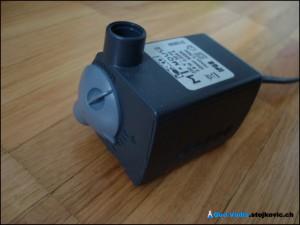For almost a year I was playing with various temperature sensors and Arduino. Initially the plan was do use some cheap DHT11 sensors in order to measure soil moisture. After running number of tests I found this method not so reliable. Then, I put a number of DHT11 sensors in the house in order to measure temperature and humidity. Out of 10 sensors, only 2-3 were detecting correct temperatures. Then I tried DHT11’s bigger brother DHT22. The results were much better.
The idea for this project was simple and already seen in number of different projects around the Internet:
- install a wireless node in every room of the house and collect temperature and humidity,
- send this data to the central node (using the same (upgraded) central node described in previous posts),
- store data in database,
- display data (web page, iPhone notifications).
System overview is displayed in the picture below:

![]()









